Spice Up Your Plate: 7 Mouthwatering African Dishes You Can't Miss!
If you're a spice lover or just curious about global cuisine, African food is an adventure waiting to happen. Bursting with bold flavors, rich traditions, and a rainbow of colors, popular African food dishes offer something for every palate. Whether you're cooking at home or exploring new cuisines at a restaurant, these seven dishes will ignite your senses and expand your culinary horizons.
Table of Contents
- Jollof Rice – The West African Staple That Sparks Debate
- Injera & Doro Wat – Ethiopia’s Iconic Flavor Combo
- Bobotie – South Africa’s Spiced Meat Surprise
- Suya – Nigerian Street Food That Steals the Show
- Thieboudienne – Senegal’s Flavor-Packed Rice Dish
- Couscous with Lamb – A North African Classic Reimagined
- Ugali with Sukuma Wiki – East Africa’s Humble Comfort Food
- Buying Guide: Essential Spices and Ingredients for African Cooking
Jollof Rice – The West African Staple That Sparks Debate
Jollof rice is more than just a dish — it's a cultural phenomenon. Found across Nigeria, Ghana, and Senegal, each country claims theirs is the best. But what makes Jollof so special?
The magic lies in the spices. Tomato paste, red bell peppers, onions, thyme, curry powder, and bay leaves simmer together into a deep, smoky sauce that coats each grain of rice. Some cooks even use scotch bonnet peppers for a fiery kick.
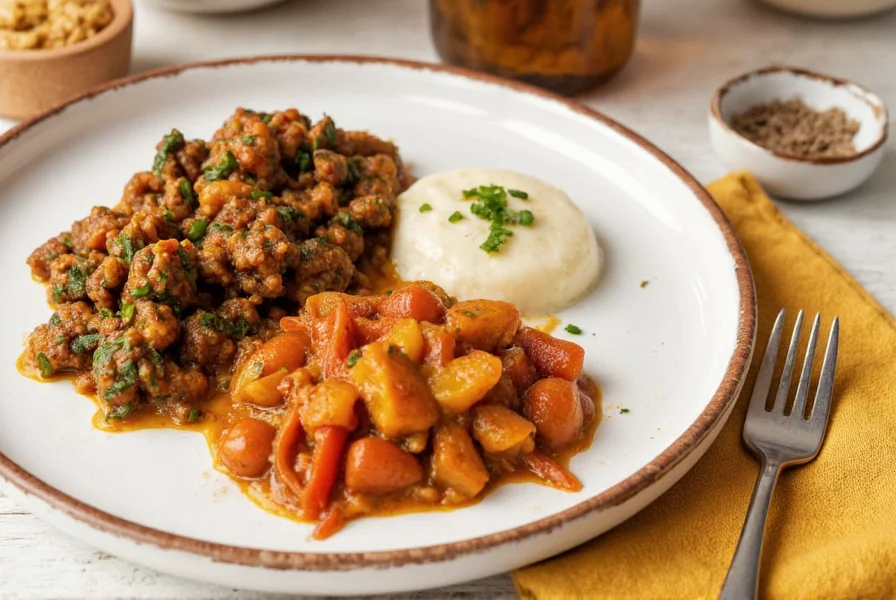
Tips for Perfect Jollof:
- Use parboiled rice for a firmer texture.
- Toast the rice slightly before adding the sauce for richer flavor.
- Cook over low heat to avoid burning the bottom layer (called 'bottom pot').
Injera & Doro Wat – Ethiopia’s Iconic Flavor Combo
Ethiopian cuisine is unique, both in flavor and form. Injera, a spongy sourdough flatbread made from teff flour, serves as both plate and utensil. It’s served with a stew called Doro Wat, traditionally made with chicken, berbere spice mix, and hard-boiled eggs.

Why Berbere Matters:
- Berbere is a blend of chili, garlic, ginger, fenugreek, and other warming spices.
- Makes any stew or lentil dish taste authentically Ethiopian.
- Available pre-mixed or can be made from scratch using fresh spices.
Bobotie – South Africa’s Spiced Meat Surprise
Bobotie is a savory-sweet dish that reflects South Africa’s Dutch colonial history with Malay influences. Ground beef is seasoned with curry powder, turmeric, and chutney, then topped with a custard-like mixture of egg and milk before baking.

Cultural Roots:
Malay slaves brought to Cape Town by the Dutch introduced spices like cumin and cardamom. Bobotie remains a beloved comfort dish in Afrikaans households today.
Suya – Nigerian Street Food That Steals the Show
Suya is the Nigerian answer to shish kebabs. Marinated skewers of beef or chicken are grilled over charcoal and coated in Suya spice, a mix of groundnut (peanut) cake, chili, salt, and sometimes paprika.
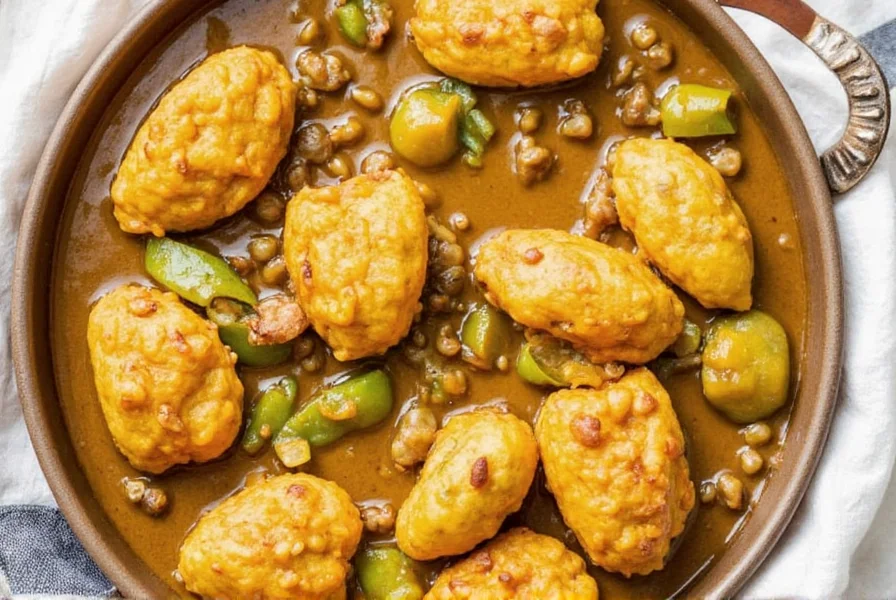
Pro Tip:
Try making your own suya spice mix at home! Blend peanut powder, smoked paprika, cayenne, and a touch of salt for a smoky, spicy crust.
Thieboudienne – Senegal’s Flavor-Packed Rice Dish
Senegal’s national dish, Thieboudienne (also spelled Ceebu Jen), combines fish, vegetables, and tomato-seasoned rice into one colorful bowl. It’s often cooked in layers so each component infuses the others with flavor.
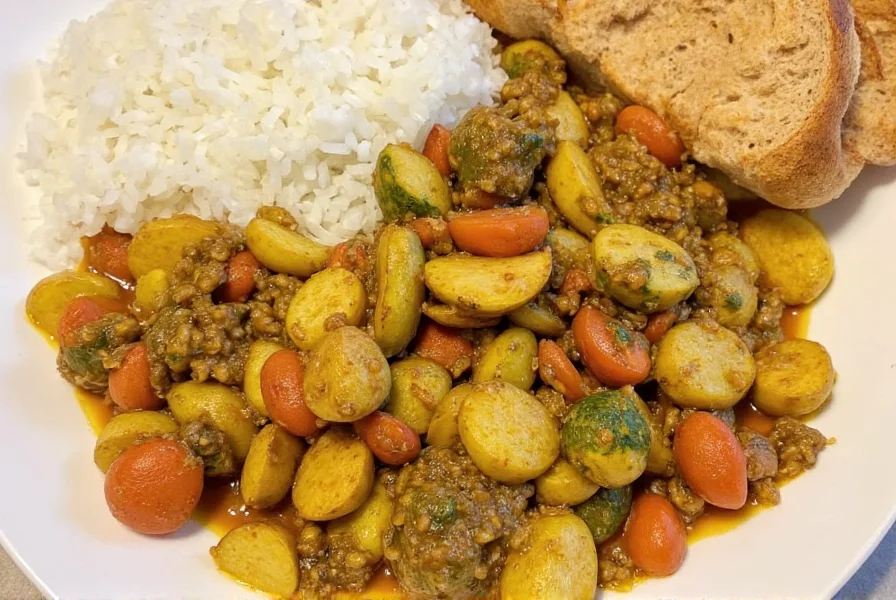
Spice Breakdown:
- Fish is usually fried first to add richness.
- Vegetables include cabbage, carrots, and eggplant.
- Rice is sautéed in oil before being simmered in tomato broth.
Couscous with Lamb – A North African Classic Reimagined
Found from Morocco to Algeria, couscous is a staple dish made from steamed semolina granules. When paired with slow-cooked lamb, chickpeas, and root vegetables, it becomes a hearty, comforting meal.
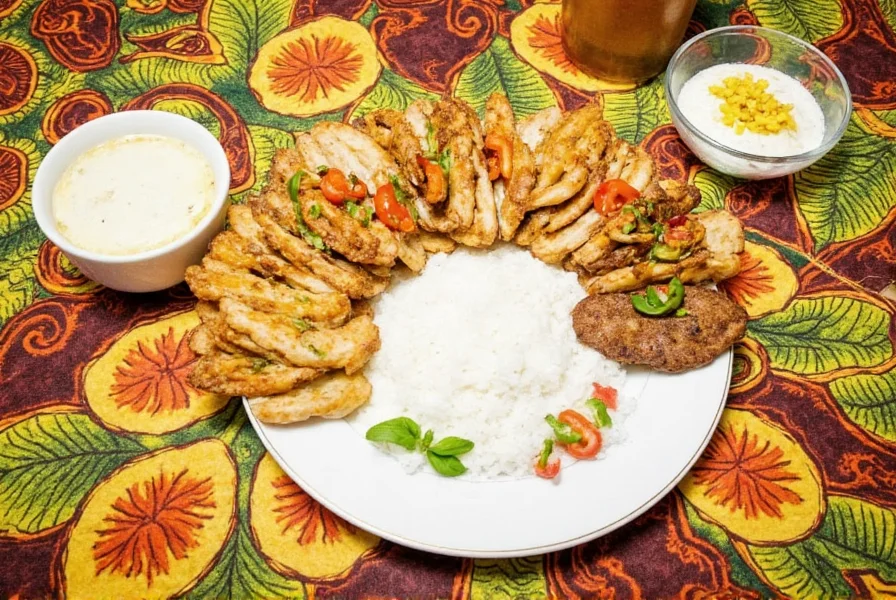
Essential Spices for Couscous:
- Turmeric
- Paprika
- Ginger
- Harissa (optional for heat lovers)
Ugali with Sukuma Wiki – East Africa’s Humble Comfort Food
In Kenya and Tanzania, Ugali is a thick maize porridge served alongside Sukuma Wiki (collard greens). Simple yet satisfying, this duo proves that sometimes less is more.
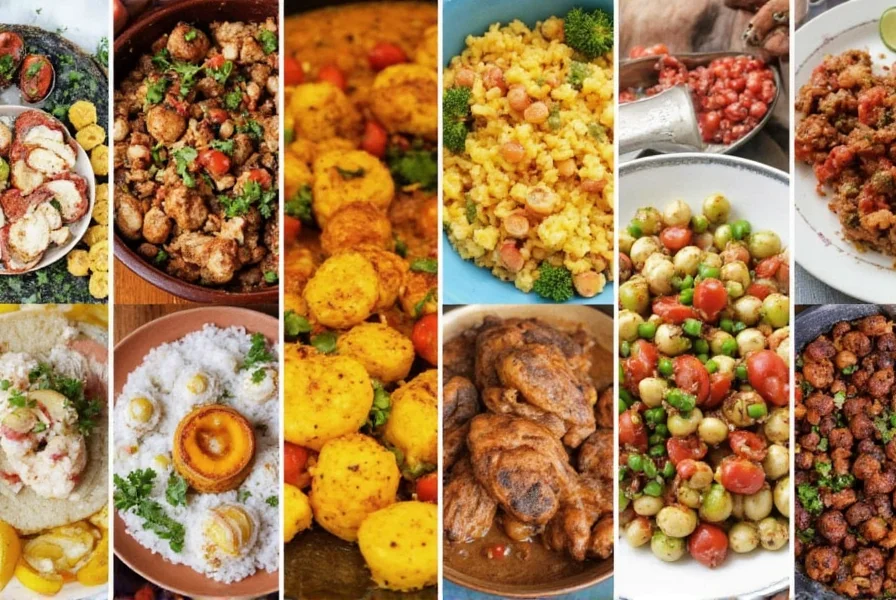
How to Enjoy Ugali:
- Pinch off a piece with your fingers and use it to scoop up the greens.
- Add butter or ghee for extra richness.
- Pair with grilled meat or beans for added protein.
Buying Guide: Essential Spices and Ingredients for African Cooking
Whether you're trying out Jollof or perfecting your Suya, having the right pantry items is key. Here’s a handy guide to must-have ingredients for cooking popular African food dishes at home.
| Product | Features | Advantages | Best For | Recommended Brands |
|---|---|---|---|---|
| Berbere Spice Mix | Blend of chili, ginger, garlic, and warm spices | Instantly adds depth to stews and soups | Ethiopian recipes like Doro Wat | Adama Organics, Frontier Co-op |
| Scotch Bonnet Peppers | Used fresh or dried in West African cooking | Provides fruity heat without overpowering flavor | Jollof Rice, pepper soups, sauces | Fresh at local markets or frozen online |
| Couscous | Steamed semolina pasta | North African meals | Barilla, Roland Foods | |
| Teff Flour | Main ingredient in Injera bread | Ethiopian injera making | Bob’s Red Mill, Yolélé | |
| Curry Powder | Warm spice blend with turmeric, coriander, and cumin | South African Bobotie, rice dishes | McCormick, Simply Organic | |
| Suya Seasoning | Spicy peanut-based mix | Meat skewers, grilled dishes | Native Foods, AfroChef |
Where to Buy:
- Local Markets: Great for fresh ingredients and authentic spice blends.
- Online Retailers: Amazon, Etsy, and specialty African stores carry hard-to-find items.
- Gourmet Grocery Stores: Chains like Whole Foods and World Market often stock African spices.
Conclusion
From the smoky pots of Jollof rice to the tangy bite of homemade injera, popular African food dishes are a celebration of culture, community, and bold flavors. Whether you're feeding a crowd or enjoying a quiet dinner, these meals bring warmth and joy to any table.
Now that you’ve got a list of essential ingredients and some expert tips, it’s time to roll up your sleeves, gather your spices, and dive into the vibrant world of African cuisine. Who knows — your next favorite dish might come from a place you’ve never explored before!
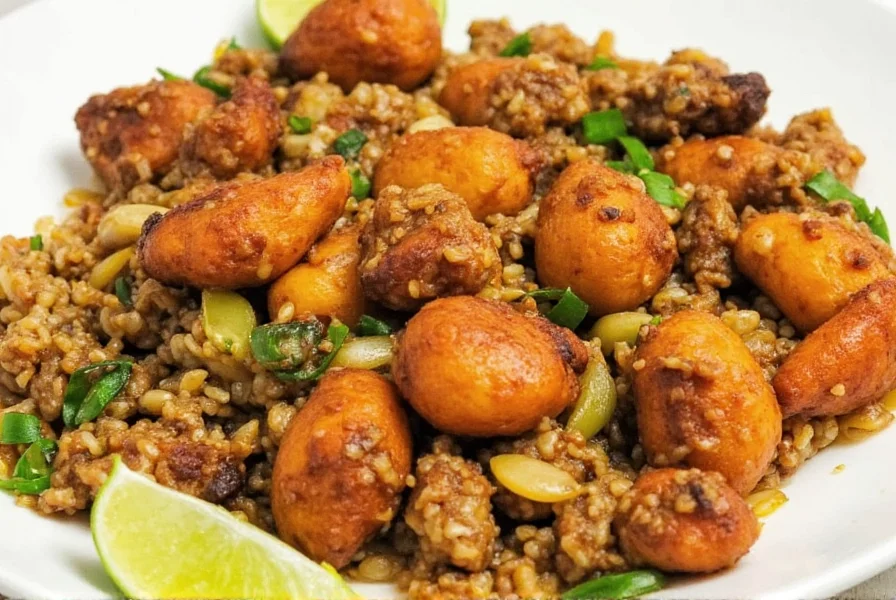

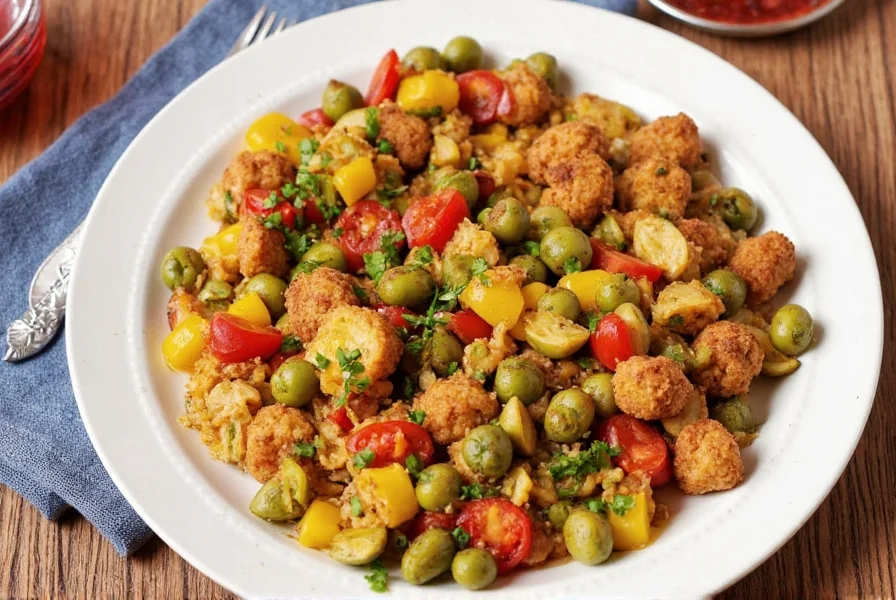









 浙公网安备
33010002000092号
浙公网安备
33010002000092号 浙B2-20120091-4
浙B2-20120091-4